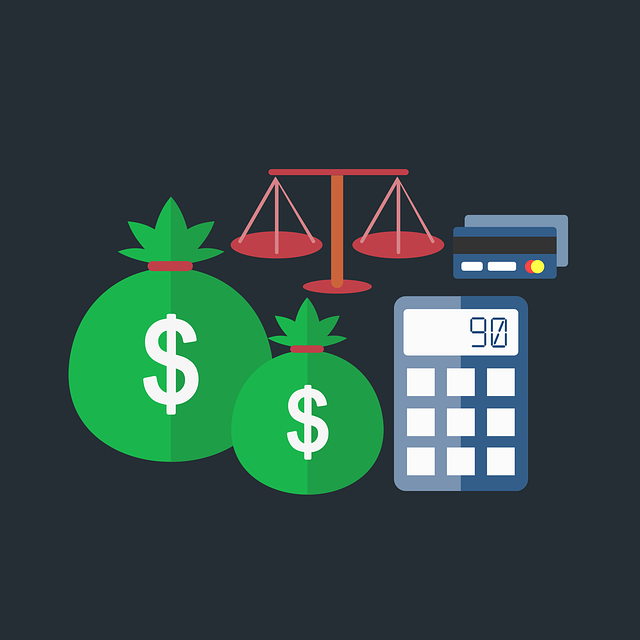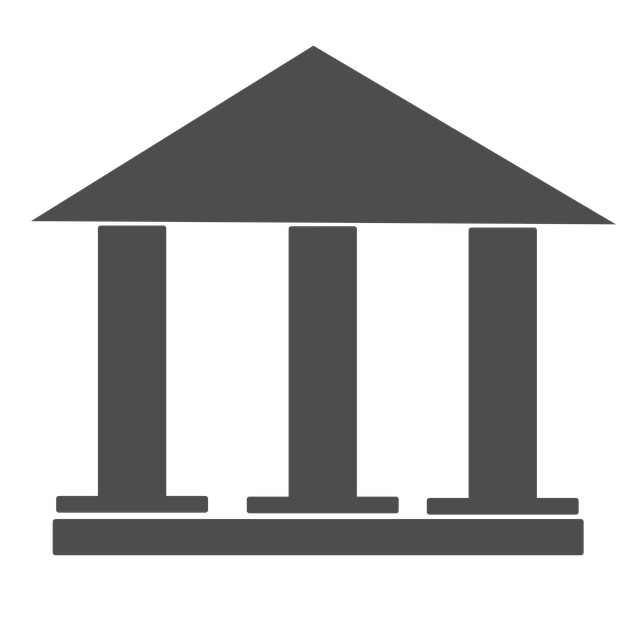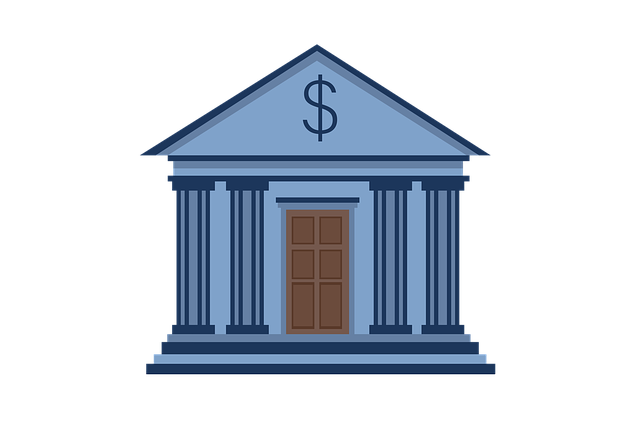Unexpected events can disrupt finances, but the BLOC strategy (Budgeting, Saving, Credit Management) offers a robust framework. A credit line, like a Blockchain-based Line of Credit (BLOC), acts as a lifeline for urgent needs, providing flexibility and immediate access. To make an informed decision, evaluate your BLOC: Budget, Lender, Interest Rate, and Credit Limit. Proactive debt management through budgeting, setting limits, organizing repayments, and controlling spending ensures financial resilience and peace of mind.
Unexpected expenses can disrupt your financial plans. A credit line, like a BLOC (Business Line of Credit), offers a safety net for these unforeseen scenarios. This article guides you through understanding common unexpected expenses, the role of a credit line in financial management, and its advantages. We’ll explore how to choose the right BLOC, effectively repay debt, and leverage it for long-term financial resilience.
- Understanding Unexpected Expenses: Common Scenarios
- The Role of a Credit Line in Financial Management
- Advantages of Utilizing a Credit Line for Unforeseen Needs
- Choosing the Right Credit Line: Factors to Consider
- Effective Strategies for Repaying Credit Line Debt
- Building Financial Resilience: Long-term Benefits of Credit Lines
Understanding Unexpected Expenses: Common Scenarios

Unexpected expenses are a part of life, and they can strike at any time, often catching us off guard. These could range from medical emergencies to car repairs or even sudden home maintenance issues. The BLOC (Budget, Save, and Credit) approach is a powerful tool to manage such scenarios effectively. By maintaining a balanced budget, regularly saving, and having a dedicated credit line, individuals can navigate these unexpected costs without being financially strained.
Common situations include dental emergencies, where out-of-pocket expenses for treatments can be significant. Similarly, seasonal events like severe weather or natural disasters may lead to unforeseen damages to property. Moreover, sudden job loss or reduced income due to economic downturns are also examples of circumstances that demand immediate financial flexibility. A well-planned BLOC strategy ensures that such events don’t throw your finances into disarray.
The Role of a Credit Line in Financial Management

In today’s unpredictable financial landscape, a credit line serves as a robust tool for effective financial management, particularly in meeting unexpected expenses. It acts as a BLOC (backstop, lifeline, and contingency) against unforeseen events such as medical emergencies, car repairs, or sudden home maintenance needs. Unlike traditional savings accounts that may not always be readily accessible without significant penalties, a credit line offers flexibility and instant access to funds when needed most.
By establishing a credit line, individuals gain a safety net that enables them to navigate financial challenges with relative ease. It empowers responsible borrowing, allowing users to pay for urgent matters and gradually repay the borrowed amount over time. This proactive approach to financial management ensures peace of mind, as it provides a reliable source of funds, thereby preventing the stress associated with sudden, unexpected costs.
Advantages of Utilizing a Credit Line for Unforeseen Needs

When unexpected expenses arise, having a financial safety net can be invaluable. This is where a credit line comes into play, offering a flexible and accessible solution to bridge the gap during unforeseen needs. Unlike traditional savings, which may not always be readily available, a credit line provides a pre-approved amount that can be borrowed as needed, allowing for immediate financial support.
One of the key advantages of utilizing a credit line is its convenience and speed. With a BLOC (Blockchain-based Line of Credit), individuals can access funds quickly and efficiently without the lengthy processes associated with traditional loans. This ensures that unexpected costs, such as medical emergencies or urgent home repairs, can be addressed promptly, giving you peace of mind and control over your financial situation.
Choosing the Right Credit Line: Factors to Consider

When considering a credit line to meet unexpected expenses, it’s crucial to make an informed decision. The right choice depends on several key factors. One primary consideration is your BLOC (Budget, Lender, Interest Rate, and Credit Limit). Assessing your budget helps determine how much financial wiggle room you need, while understanding your preferred lender ensures a comfortable borrowing experience.
Additionally, the interest rate plays a significant role in long-term cost savings. Lower rates mean less money spent on interest over time. Compare offers from various lenders to find the most favorable terms. Remember, a credit line is a commitment, so ensuring you have a manageable credit limit that aligns with your financial goals and discipline is essential for successful management.
Effective Strategies for Repaying Credit Line Debt

Staying on top of your credit line debt is crucial for maintaining a healthy financial standing. One effective strategy, known as the BLOC (Budget, Limit, Organize, and Control) method, can help you navigate unexpected expenses. First, budget by tracking your income and expenses to identify areas where you can cut back. This provides the necessary funds to repay your debt. Next, set a limit on your credit line usage, ensuring you don’t exceed 30% of your available credit.
Once you’ve established these foundations, organize your repayment plan by prioritizing high-interest debts first. Regularly review and adjust your budget as needed to maintain control over your spending. Remember, consistent discipline and strategic planning are key to effectively managing and repaying your credit line debt.
Building Financial Resilience: Long-term Benefits of Credit Lines

Building financial resilience is a key aspect of managing unexpected expenses, and credit lines play a significant role in achieving this long-term goal. A BLOC (Build, Organize, Control) approach to finance ensures individuals are prepared for unforeseen circumstances. By establishing a credit line, one creates a safety net that can be utilized during emergencies, avoiding the need to resort to high-interest loans or credit cards with less favorable terms.
The benefits extend beyond immediate financial relief. Regularly reviewing and managing a credit line encourages responsible borrowing habits, teaches budget planning, and fosters a disciplined approach to spending. This proactive measure not only helps in meeting short-term needs but also contributes to a robust financial foundation, offering peace of mind and empowerment in navigating life’s unpredictable challenges.






